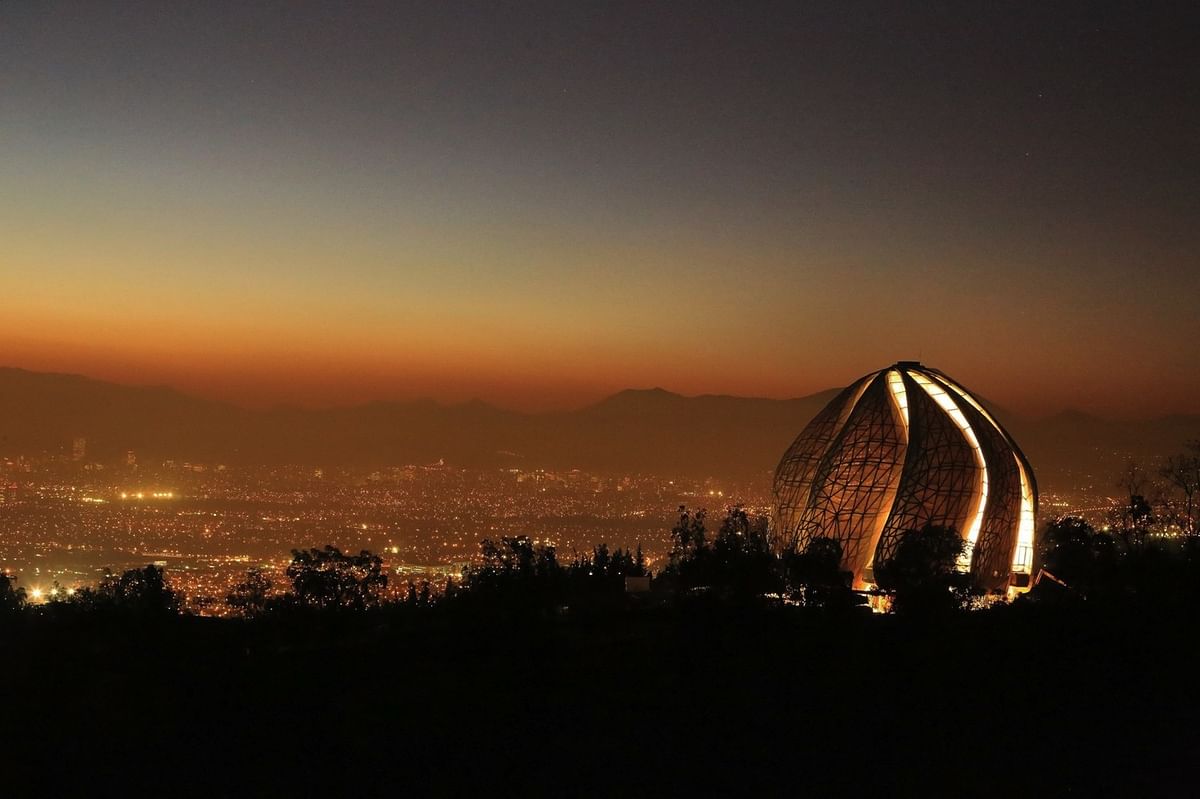
Hariri Pontarini's Bahá’í Temple of South America wins 2017 RAIC Innovation in Architecture Award
By Justine Testado|
Tuesday, Apr 4, 2017
Related
Standing at the foot of the Andes near Santiago, Chile is the Bahá’í Temple of South America. Designed by Toronto-based Hariri Pontarini Architects, the domed temple was recently distinguished with the RAIC's 2017 Innovation in Architecture Award, which recognizes a project for exceptional architectural innovation — from research and development to applied use of new or existing technology.
After 14 long years of production, the temple was finally completed in 2016. The three-member jury commended the structure as “a legacy for future projects for the profession.” Hariri Pontarini Architects will be presented with the award during the RAIC/OAA Festival of Architecture in Ottawa on May 24-27.
Read on for more about the project from RAIC.
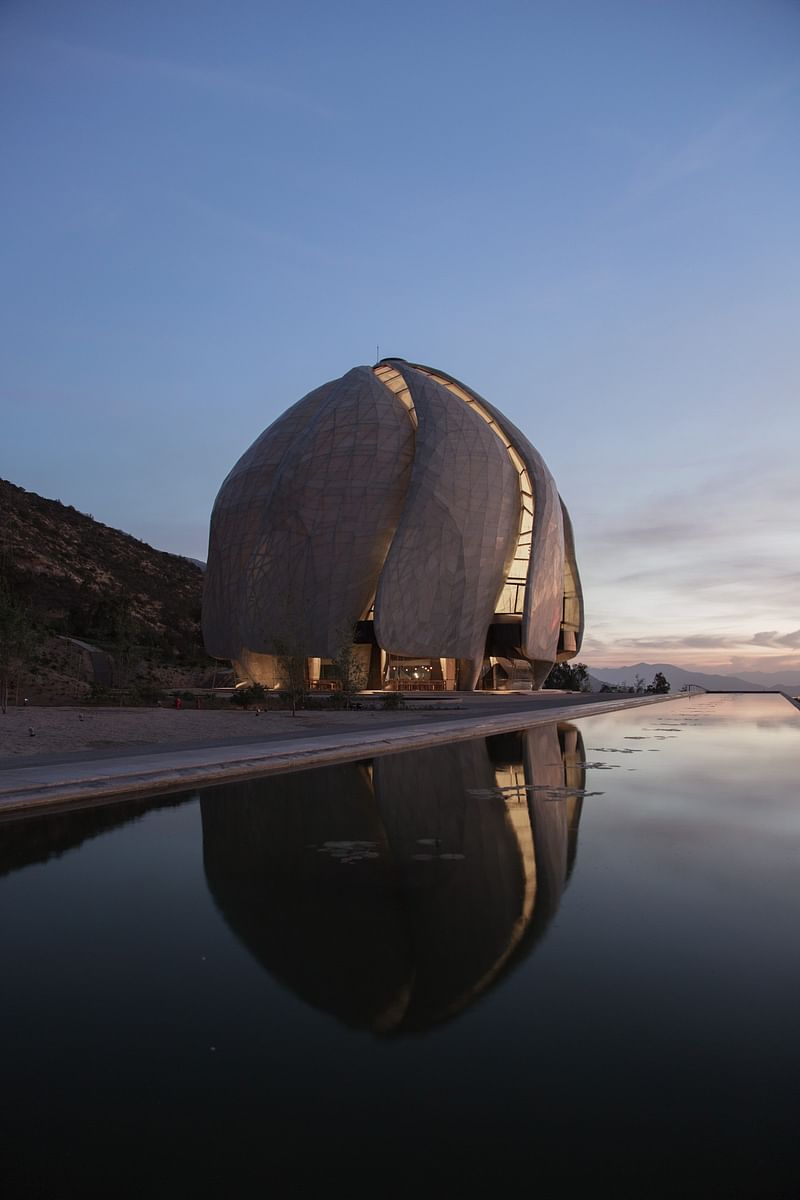
Commissioned by the Bahá’í community 14 years ago, the Bahá’í Temple of South America is the last of the community's eight continental temples. The universality aspect of the Bahá’í faith was essential to the temple's design, which has no reference to specific religious iconography and includes nine entrances to “symbolically welcome people from all directions of the earth”.

Designed through hand-sketches, physical models, and digital technology, the dome features nine identical gracefully torqued wings that frame an open, light-filled prayer and meditation space.
“The structure of the temple consists of three principal sections: a two-story concrete base composed of the basement with a service tunnel, the ground floor, and a mezzanine level; a steel superstructure consisting of nine identical, 30-meter-tall wings or veils; and seismic isolators which separate the building parts below grade from those above. The super-structures of the wings are comprised of hundreds of unique, individually engineered slim-profile steel members and nodal connections.”
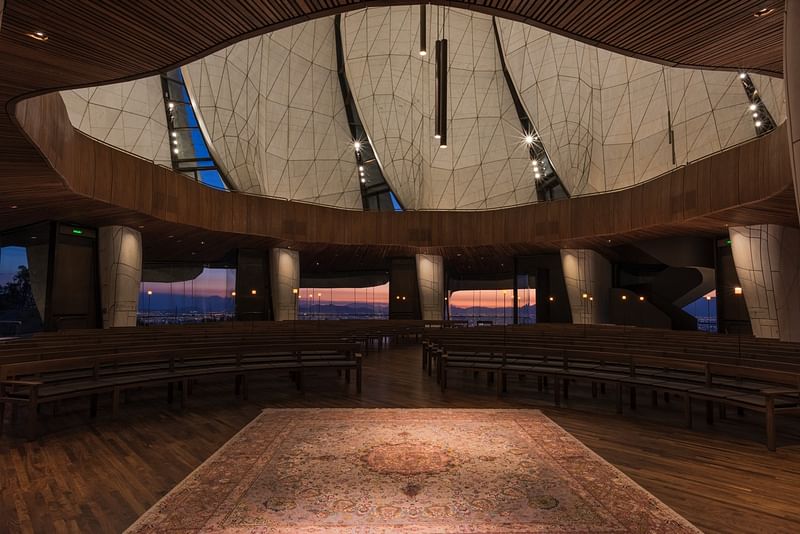
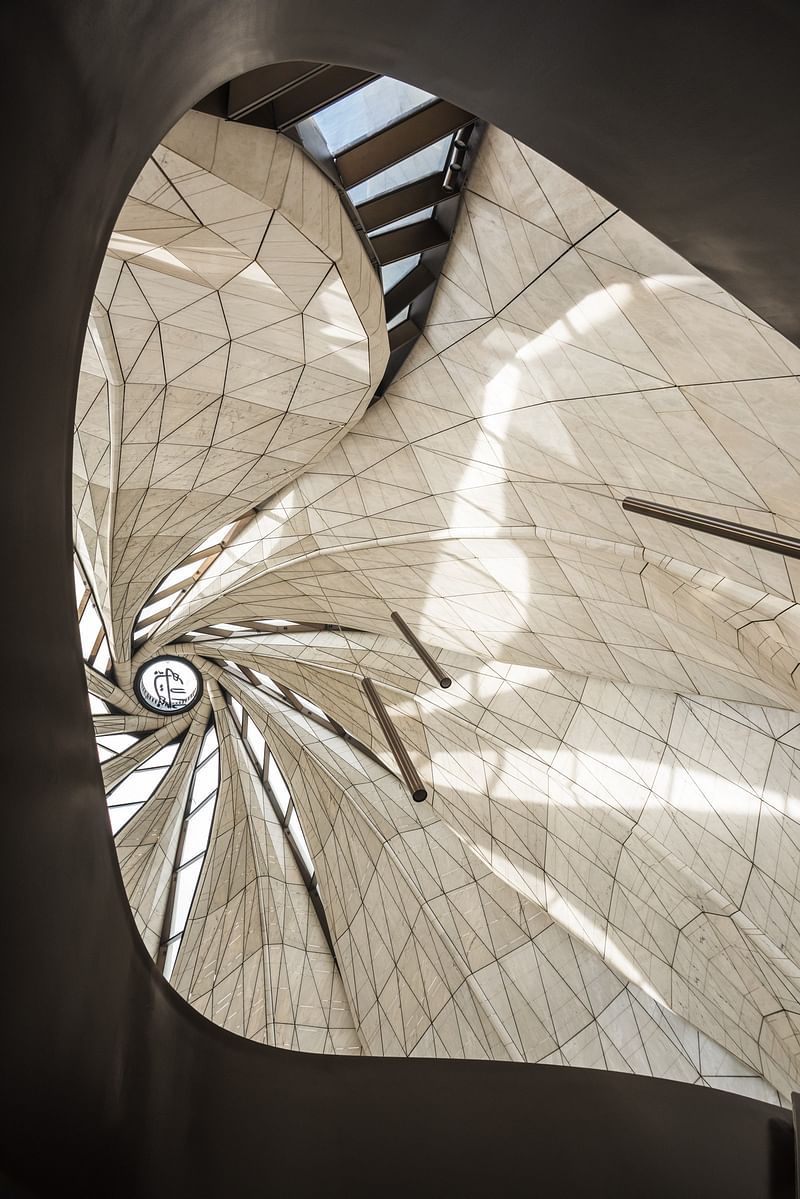
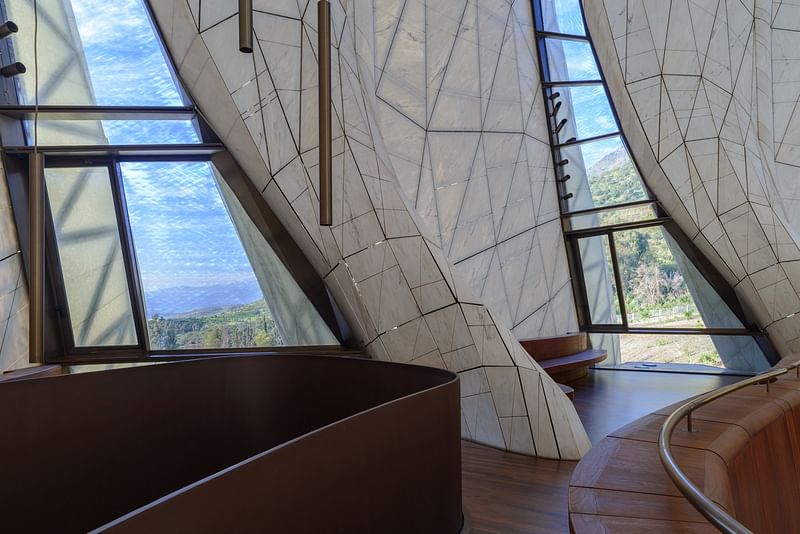
Located in an earthquake-prone zone, “each of the dome's wings rest on concrete columns on seismic bearings so that the concrete pads can slide to absorb the shock. The wings are composed of two cladding materials: an interior layer of exceptionally translucent marble from Portugal and an exterior layer of cast-glass panels. Research on the cast-glass exterior cladding took Hariri Pontarini Architects and Toronto-based Jeff Goodman Studio nearly four years”.
Prefabricated pieces for the structure and cladding of the building were created from advanced 3D surveying technology and were shipped to Santiago from multiple countries.
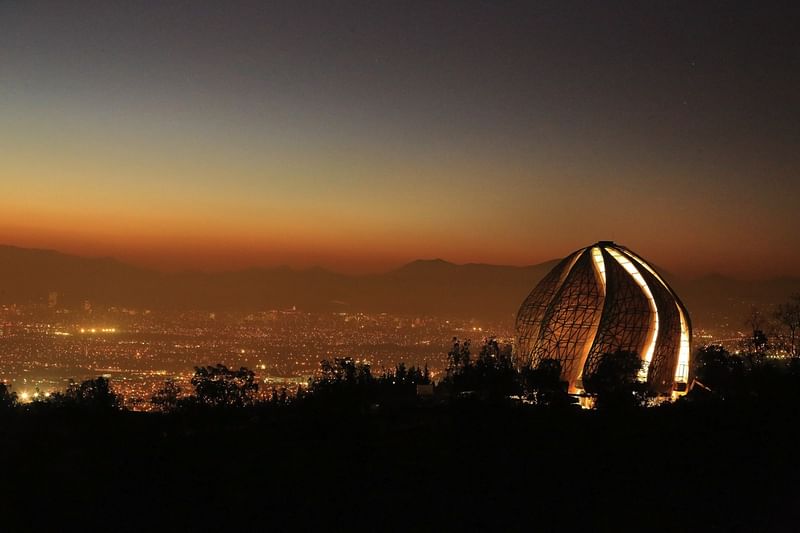

"I am very pleased to receive this award,” said Siamak Hariri, partner-in-charge of Hariri Pontarini Architects, in a statement. “The brief was for a new type of sacred space, a place of worship that is attractive, open, and inviting to people of all faiths or none at all. Innovation was at the heart of the project. The award is a testimony to the deep collaboration of literally hundreds of people.”
You can read more about the project here.
The jury: Howard Sutcliffe, FRAIC, Principal, Shim-Sutcliffe Architects, Toronto; Michael Green, FRAIC, Principal, Michael Green Architecture, Vancouver; J. David Bowick, P. Eng., President, Blackwell Structural Engineers, Toronto.

Share
0 Comments
Comment as :